Taking Creeping Phlox Cuttings: How To Grow Creeping Phlox From Cuttings
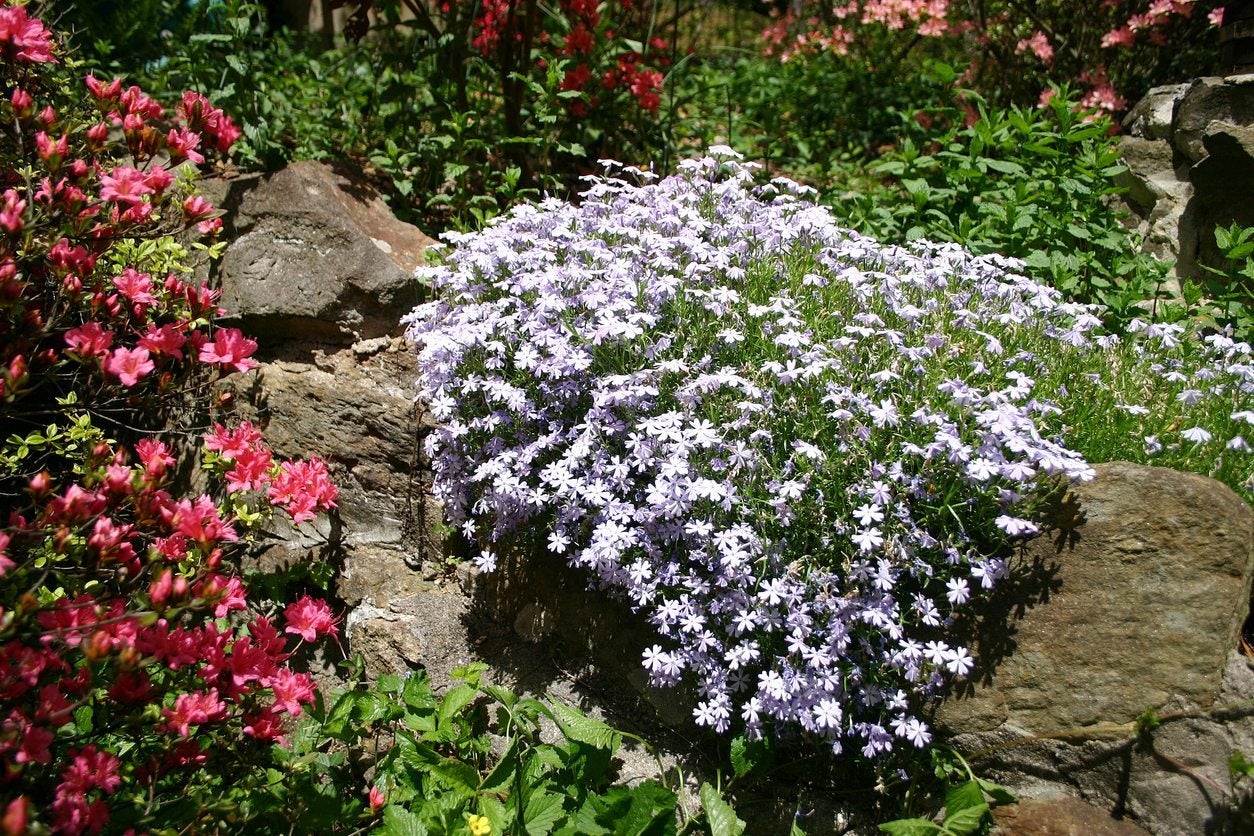

Creeping phlox isn't much to write home about until it blooms. That is when the plant really shines. These spring bloomers come in pink, white, lavender, and even red. It has a ground hugging habit and stems become woody as this perennial ages. Propagation of this plant is through division, stem cuttings, or rooted stems. Creeping phlox cuttings root after a few months, readily providing new plants almost effortlessly. Timing is everything when taking creeping phlox cuttings. Learn how to take cuttings from creeping phlox and when to do it for maximum success.
When to Take Cuttings from Creeping Phlox
If you are a lover of this plant, it’s easy to propagate creeping phlox from cuttings. This is a nearly foolproof way to make more plants and add different colors to your collection for free. Creeping phlox sends out runners, rooting stems that are also a quick way to propagate the plant. Creeping phlox cuttings should be taken in either summer or fall, but seem to root best if planted in autumn. Some gardeners swear by taking them early in the season when they are actively growing, but the plants persist well into the cold season and rooted nodes will still sufficiently establish by the time full winter arrives. Cuttings of creeping phlox may be rooted stems which will more quickly establish or terminal end cuttings. The latter will need more time to send out roots but will do so provided they are cut near a growth node.
How to Grow Creeping Phlox from Cuttings
Either remove a 6 inch (15 cm.) section of a rooted stem or take the same amount from a lateral shoot near the tip. Make your cut ½ inch (1 cm.) below a leaf. Use sharp, clean cutting tools to prevent disease from spreading and injury to the plant. Each cutting must have at least one leaf and be free of flowers. Cuttings of creeping phlox do not require a pre-treatment of rooting hormone before planting, but it may speed up the process. If you choose to do so, dip the cut end into the hormone and shake the excess off. You are now ready to plant. In order to successfully propagate creeping phlox from cuttings, you need to observe the appropriate planting and care instructions. Choose a fast draining growing medium such as a combination of peat, coarse sand, and perlite. Pull the leaves off the bottom 1/3 of the cutting. Plant the cut end 4 inches (10 cm.) into the soil after you treat with the hormone, if you wish. Keep the planting medium moderately moist and place the container in bright but indirect light. You may also choose to place a plastic bag over the container to conserve moisture. Remove it once a day to prevent fungal build up in soil. In four to six weeks the plant should be rooted and ready for transplant.
Gardening tips, videos, info and more delivered right to your inbox!
Sign up for the Gardening Know How newsletter today and receive a free copy of our e-book "How to Grow Delicious Tomatoes".

Bonnie Grant is a professional landscaper with a Certification in Urban Gardening. She has been gardening and writing for 15 years. A former professional chef, she has a passion for edible landscaping.
-
 Looking For Plants To Give You The Soft And Fuzzies? Try These 5 Fuzzy Leaf Plant Options
Looking For Plants To Give You The Soft And Fuzzies? Try These 5 Fuzzy Leaf Plant OptionsLovers of texture, drama, silver foliage and tactile plants will adore these special sensory garden additions. These fuzzy leaf plant options will leave you all aglow
By Susan Albert
-
 Get Ready For A Summer Of Hummers! Grow These Full Sun Hummingbird Plants and Flowers
Get Ready For A Summer Of Hummers! Grow These Full Sun Hummingbird Plants and FlowersIf you’re lucky enough to enjoy a sunny backyard, make sure you are maxing out on your pollinator opportunities and grow these full sun hummingbird plants and flowers
By Tonya Barnett
-
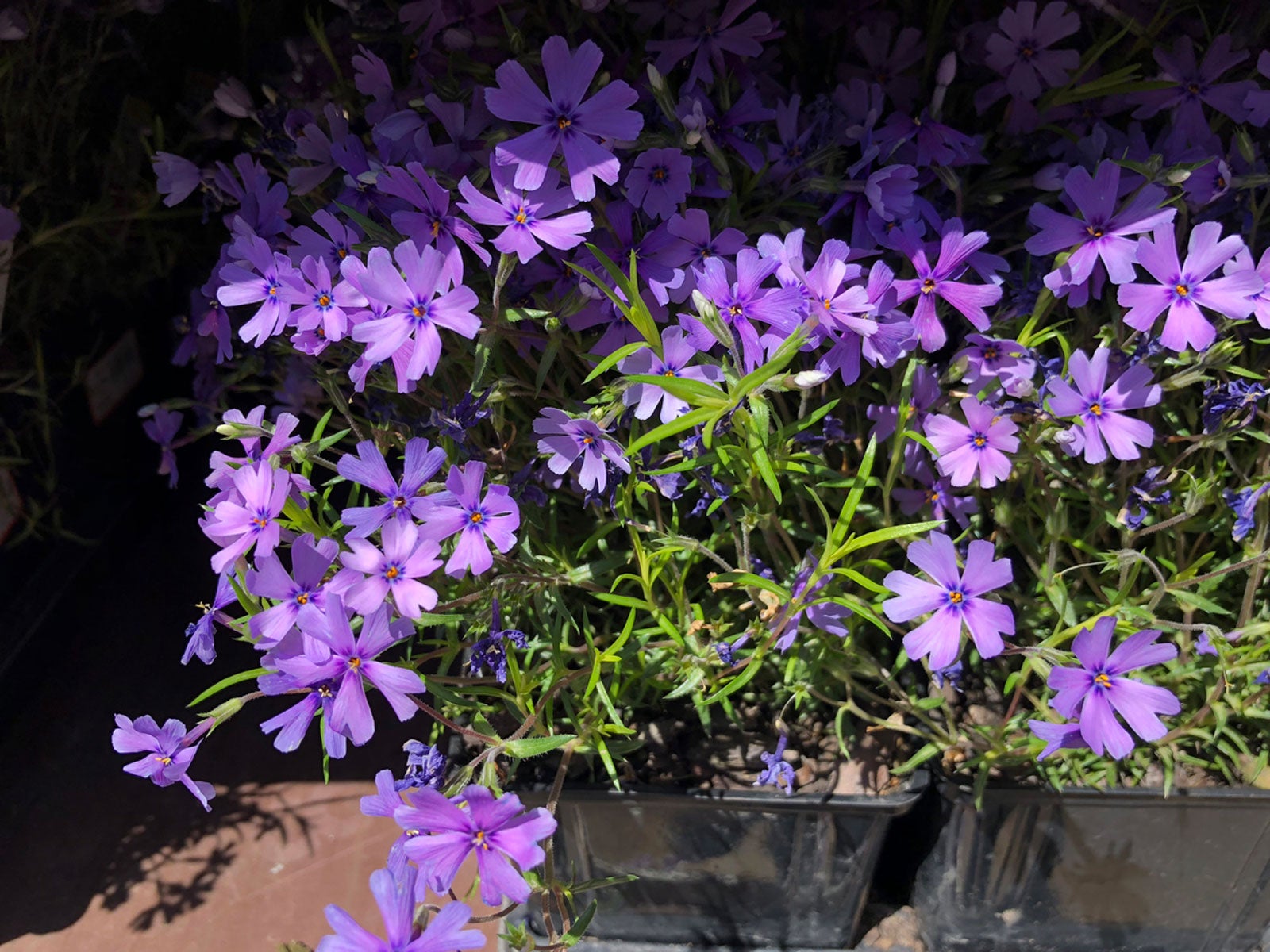 Container Grown Phlox Plants – How To Grow Creeping Phlox In Pots
Container Grown Phlox Plants – How To Grow Creeping Phlox In PotsCurious about growing creeping phlox in a container? This fast-growing plant will soon fill a container or hanging basket and have flowers cascading over the rim. For more about growing creeping phlox in pots, click the following article.
By Mary H. Dyer
-
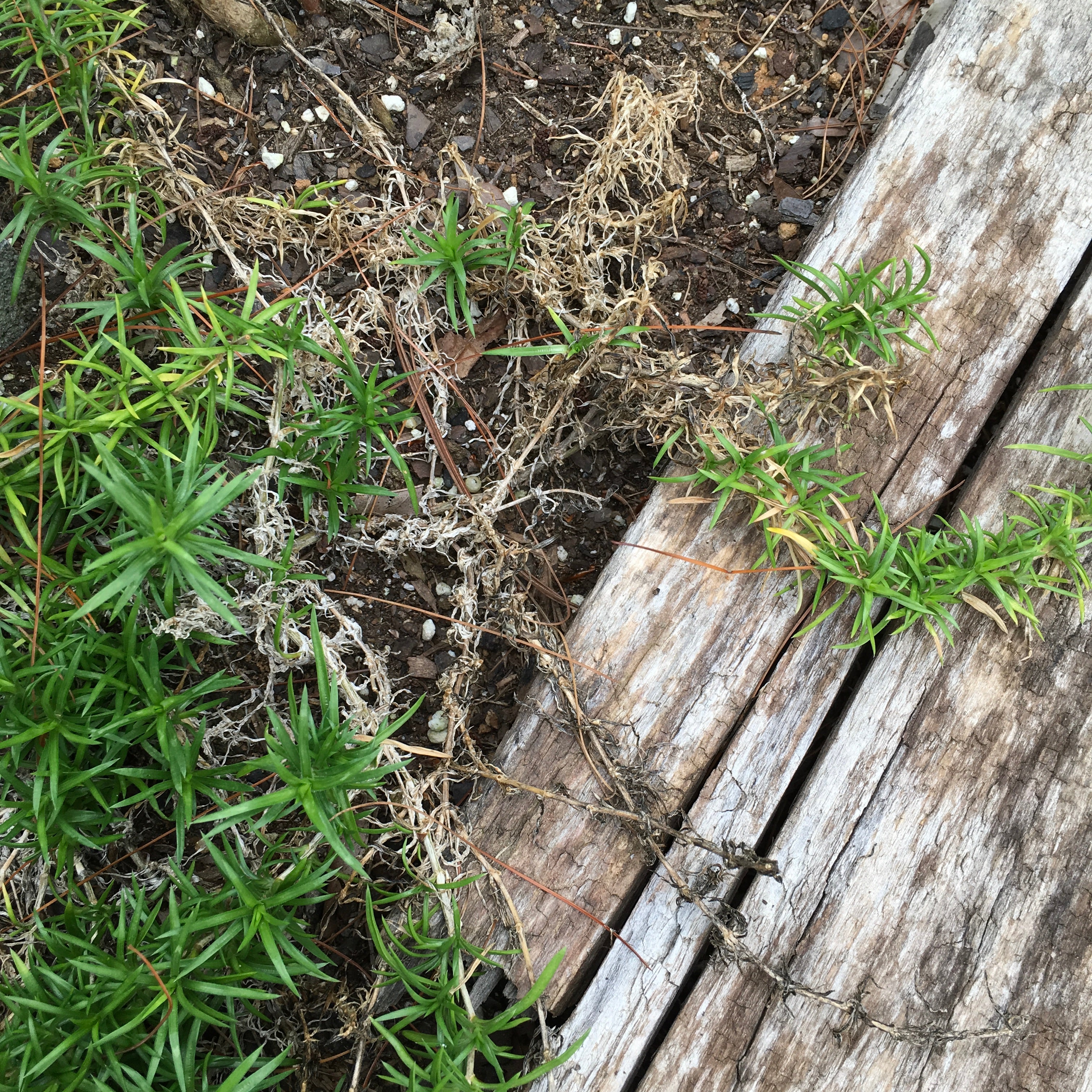 Managing Dried Out Phlox Plants: Why Is My Phlox Yellow And Dry
Managing Dried Out Phlox Plants: Why Is My Phlox Yellow And DryBoth creeping phlox and tall garden phlox are favorites in flower beds. Unfortunately, both types can be prone to diseases and pests that can discourage gardeners from growing the charming plants. In this article, we will discuss reasons for phlox yellowing and drying out.
By Darcy Larum
-
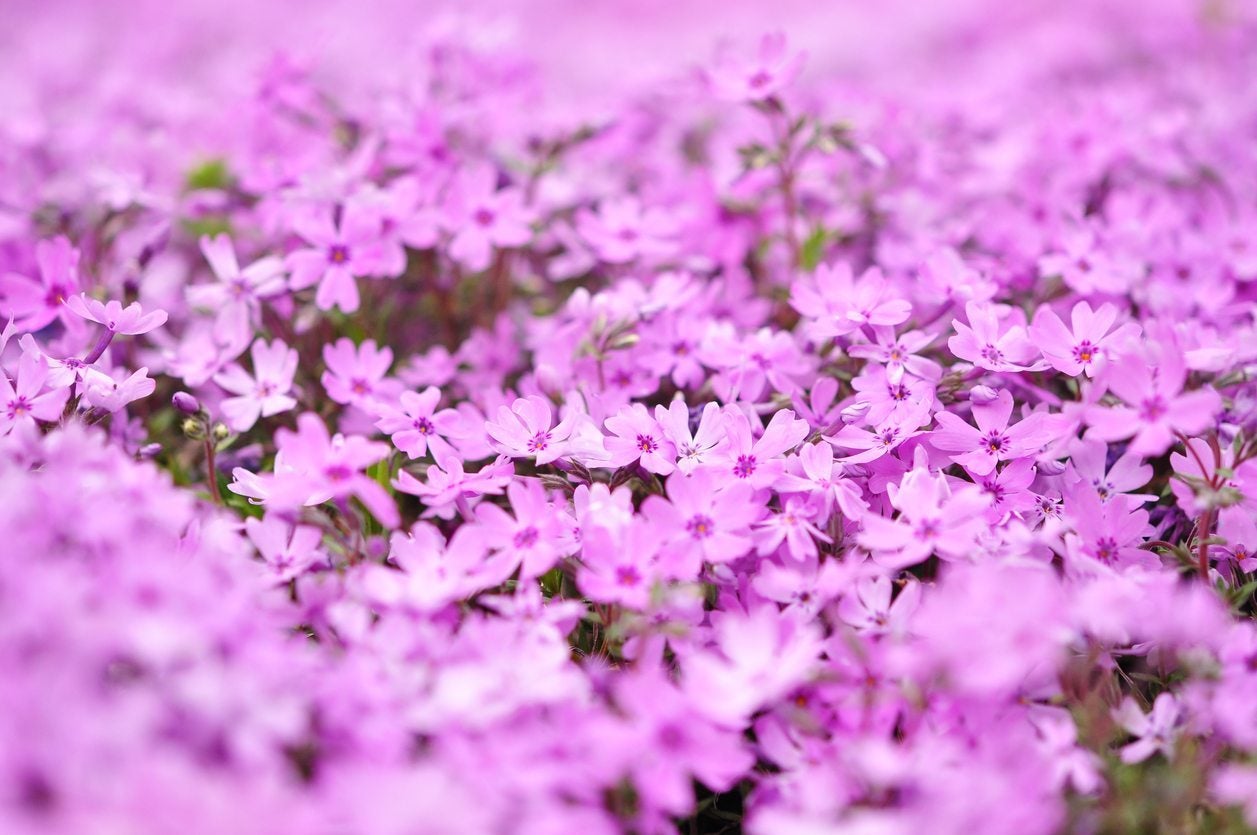 Phlox Vs. Thrift Plants: Why Is Phlox Called Thrift And What Is Thrift
Phlox Vs. Thrift Plants: Why Is Phlox Called Thrift And What Is ThriftPlant names can be the source of a lot of confusion. One such naming debacle is the one involving thrift. What is thrift, exactly? And why is phlox called thrift, but only sometimes? Learn more about the difference between thrift and phlox plants in this article.
By Liz Baessler
-
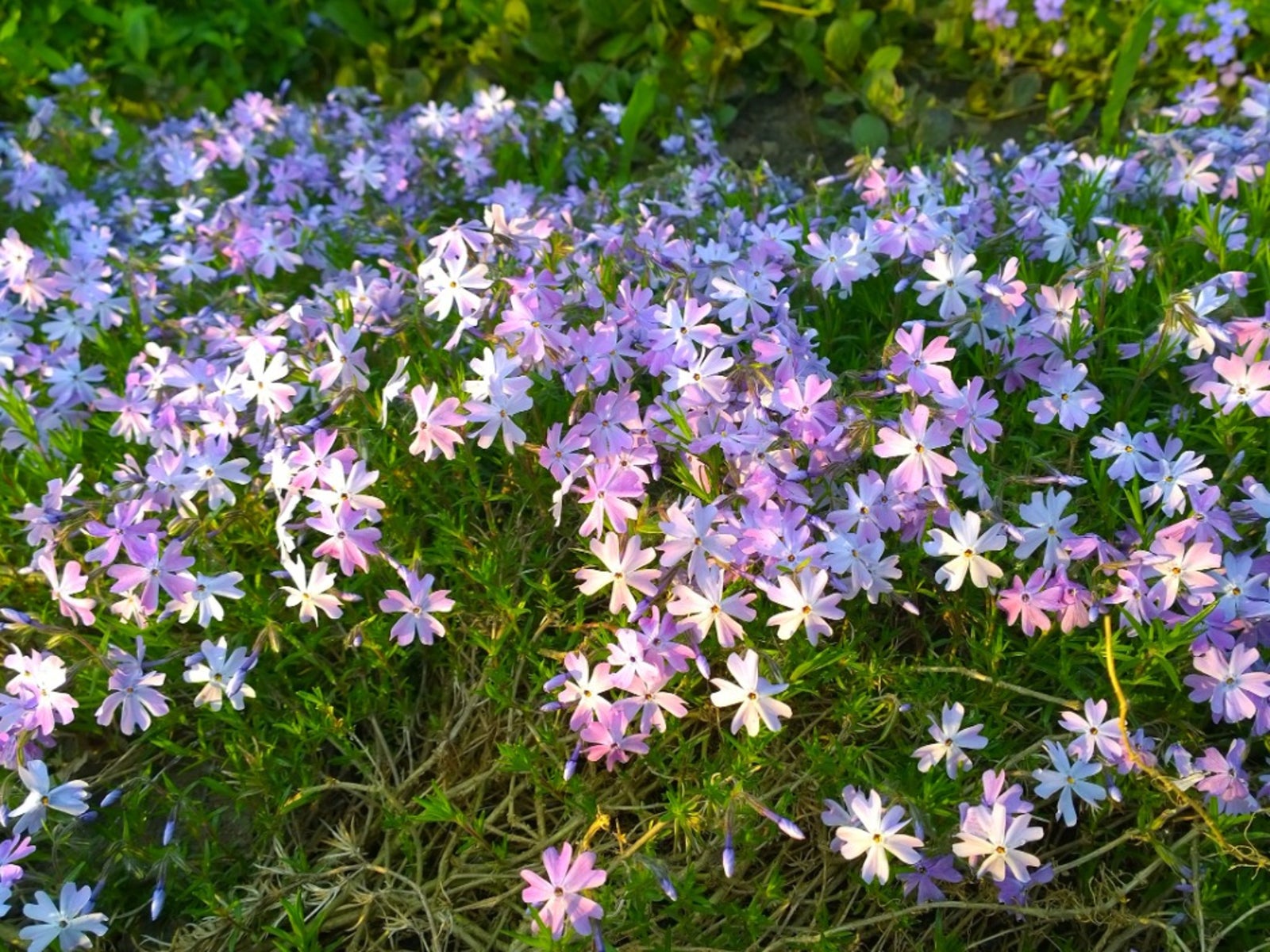 Rotting Creeping Phlox Plants: Managing Black Rot On Creeping Phlox
Rotting Creeping Phlox Plants: Managing Black Rot On Creeping PhloxBlack rot on creeping phlox is a major problem for greenhouse plants, but this destructive fungal disease can also afflict plants in the garden. Early identification and treatment are critical for managing the disease. This article can help with both.
By Mary H. Dyer
-
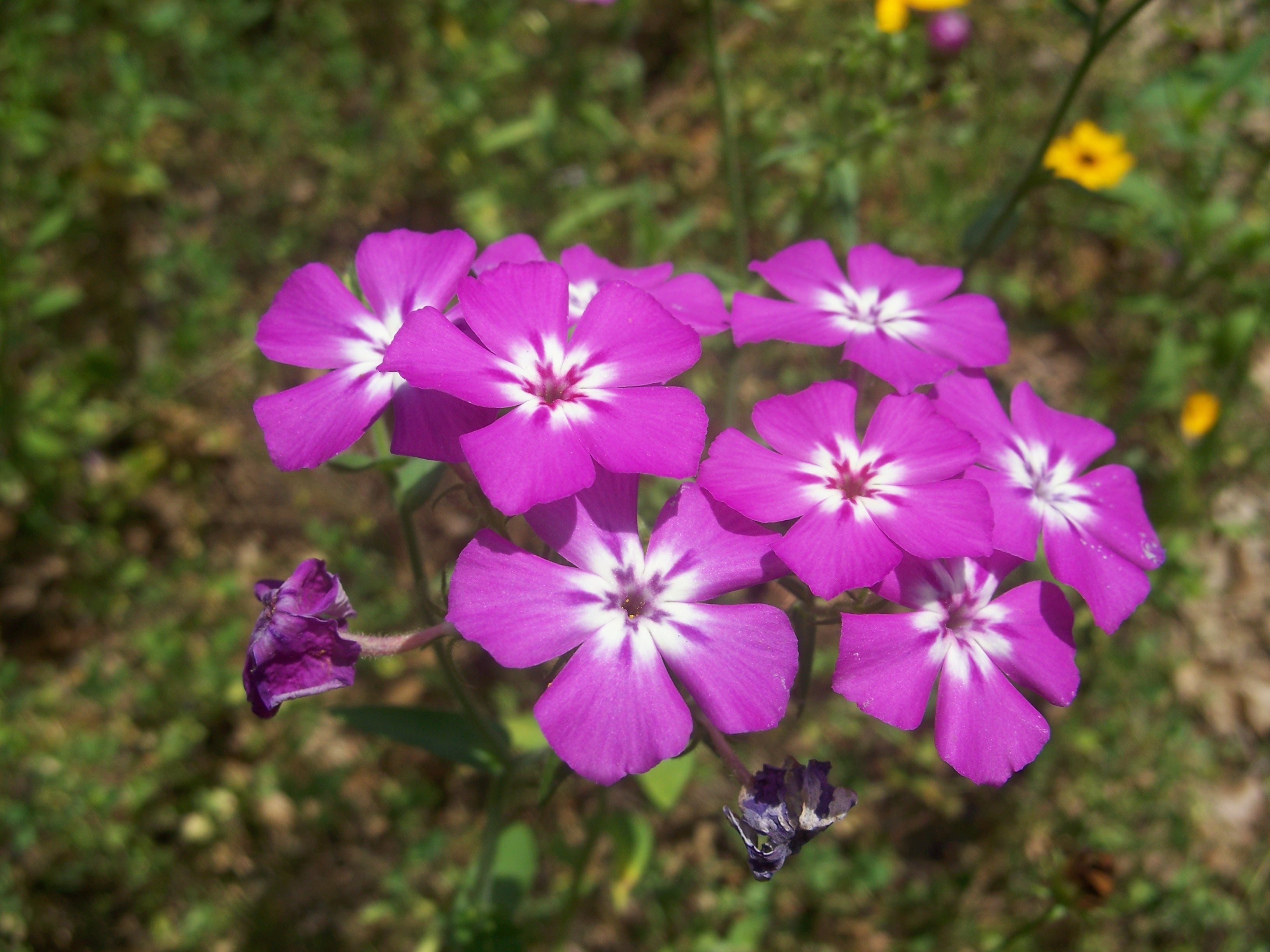 Drummond's Phlox Plants: Tips For Annual Phlox Care In Gardens
Drummond's Phlox Plants: Tips For Annual Phlox Care In GardensDrummond's phlox plants also provide a heady scent combined with deeply scarlet blooms. Try growing Drummond's phlox in flower beds, containers or as part of a border. Their bright beauty and ease of care make them a winning specimen. Learn more here.
By Bonnie L. Grant
-
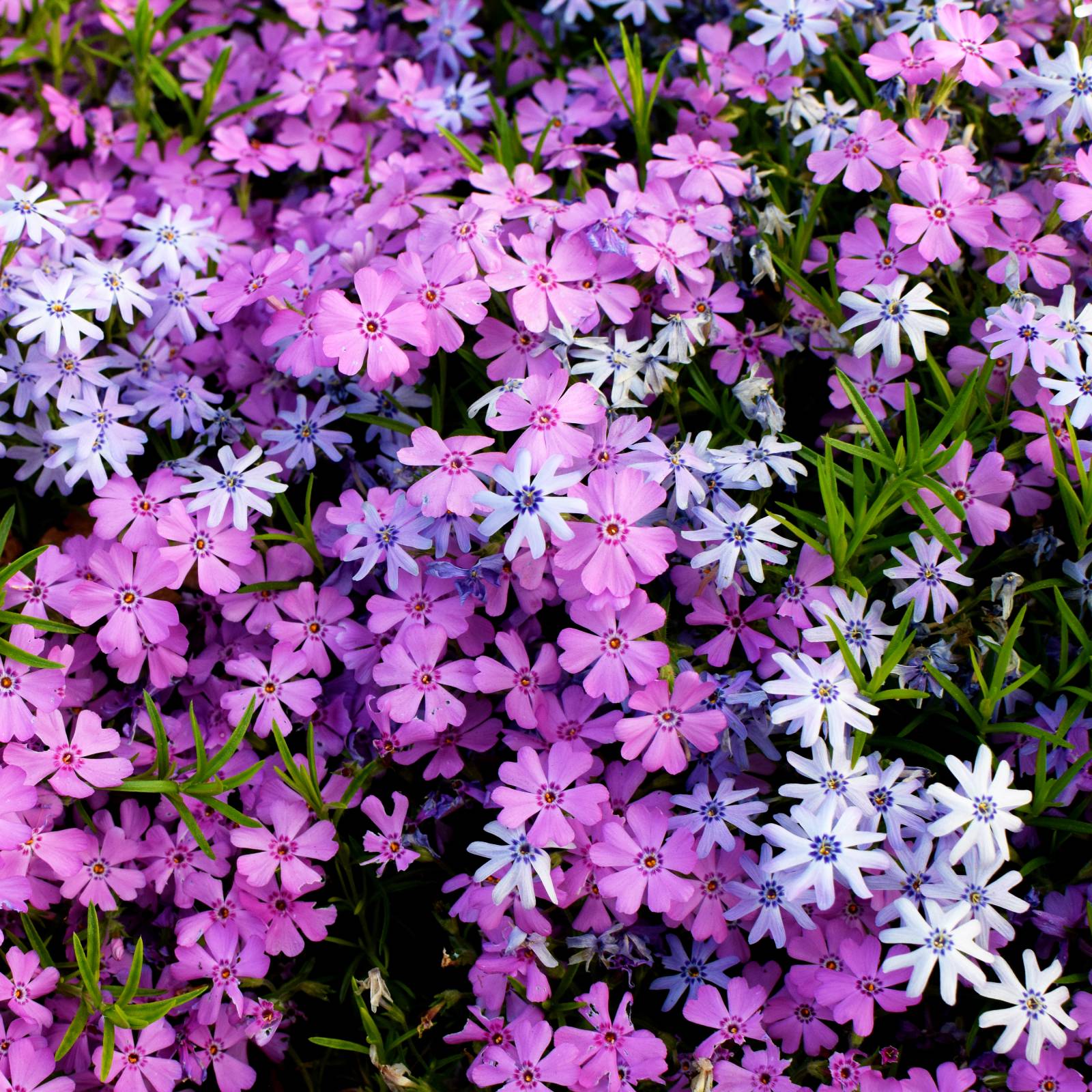 How To Care For Creeping Phlox And Get Cheerful Spring Blooms Year After Year
How To Care For Creeping Phlox And Get Cheerful Spring Blooms Year After YearCreeping phlox and its pastel blooms are a surefire sign spring is here! Learn how to grow this gorgeous ground cover and enjoy its flowers for years to come.
By Tonya Barnett